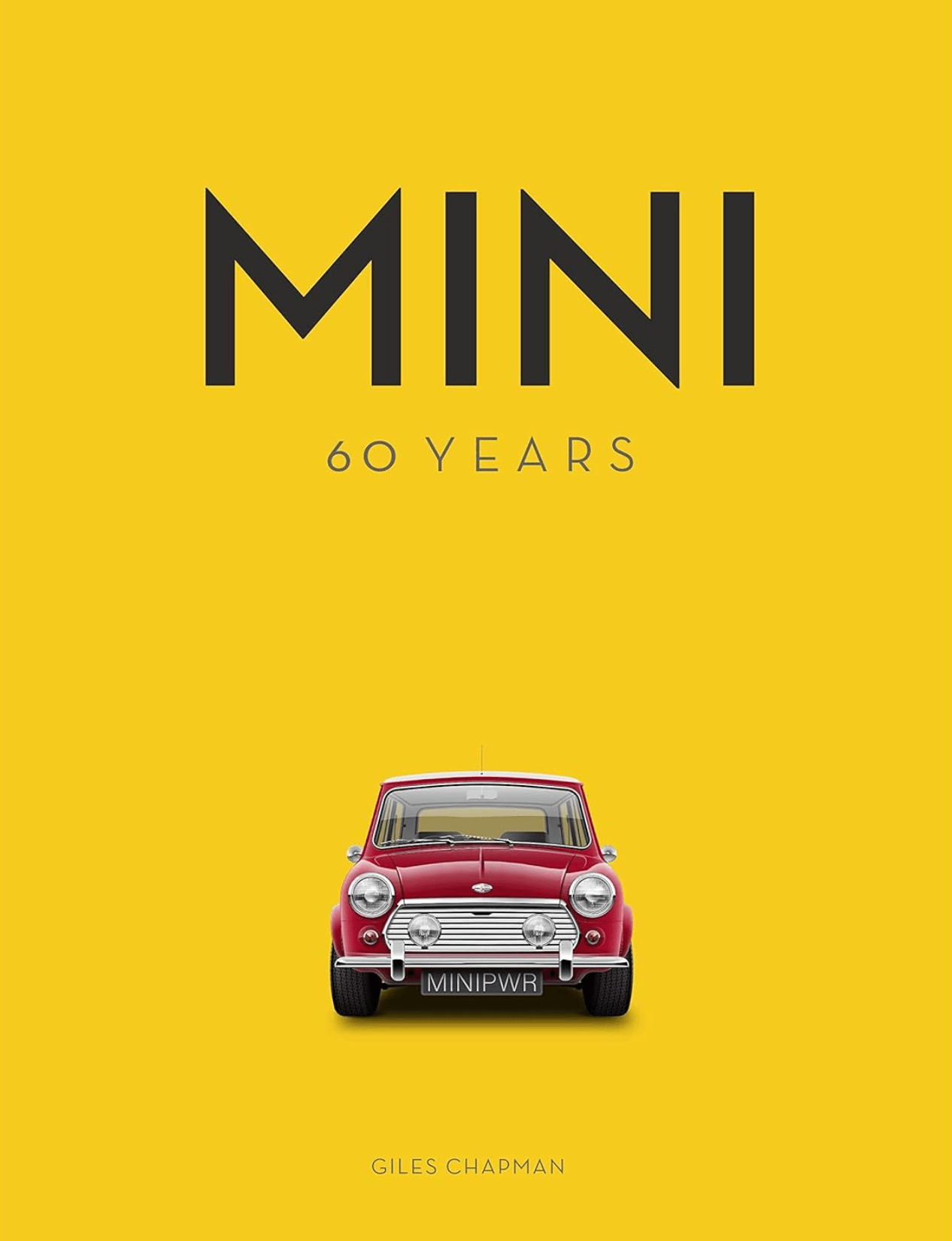1. Introduction:
The World at War is a groundbreaking television documentary series that explores the events, causes, and consequences of World War II. It is widely regarded as one of the most comprehensive and influential historical series ever made. Originally aired in 1973, The World at War captivated audiences with its gripping narrative and extensive use of archival footage and firsthand interviews.
2. Background:
The brainchild of British producer Jeremy Isaacs, The World at War was a collaborative effort between Thames Television, a London-based production company, and the Imperial War Museum. Isaacs assembled a team of talented researchers, writers, and directors to bring this ambitious project to life. The intention was to create an unparalleled documentary series that would shed light on every aspect of the war, from its origins to the post-war aftermath.
3. Plot and Format:
The World at War takes a chronological approach, spanning from the rise of Adolf Hitler to the surrender of Japan. Each episode delves into a particular period or specific campaign of the war, weaving together historical analysis, personal testimonies, and authentic footage. The series expertly balances both the big picture and individual stories, providing viewers with a deep understanding of the complexities and tragedies of the war.
4. Cast and Characters:
While The World at War does not have traditional fictional characters, it features interviews with an array of individuals directly involved in the war. These include military leaders, politicians, civilians, and survivors. Notable interviewees include German Field Marshal Albert Kesselring, British Prime Minister Harold Macmillan, and Holocaust survivor Anne Frank’s father, Otto Frank.
5. Reception:
The World at War was critically acclaimed upon its release, praised for its meticulous research, gripping storytelling, and powerful emotional impact. The series received multiple awards, including an International Emmy for Outstanding Documentary. Its impact on popular culture was significant, as it brought the realities of the war into the living rooms of millions of viewers, fostering a deeper understanding of the conflict.
6. Legacy:
The World at War remains an essential piece of television history, cementing its status as a benchmark for documentary filmmaking. Its lasting impact is demonstrated by its continued relevance and ability to captivate new generations. The series has inspired countless historical documentaries and has been used as an educational tool in schools around the world. Its success eventually led to several spin-offs and sequels, exploring various facets of the war and its aftermath.
7. Conclusion:
The World at War stands as a testament to the power of television storytelling. It tackled the complexities of World War II head-on, providing viewers with a comprehensive understanding of the conflict and its profound impact on the world. The series’ careful balance between historical analysis and personal narratives makes it an engaging and memorable experience for audiences. The World at War’s enduring legacy continues to shape the way we approach and understand history, making it a timeless masterpiece.












